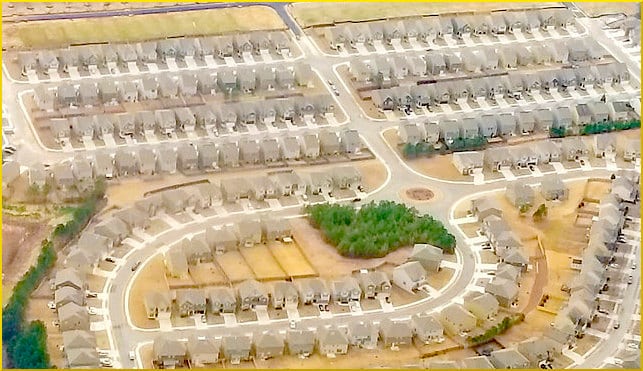
“Redefining the Food Desert,” a study of food access in Bridgeport, CT, addresses common misunderstandings. The term “food desert” does not mean that no groceries can be accessed by anyone in the district. It means that high-nutrition produce, safe meat, and other luxuries whose shorthand definition is “good” food, are not readily available to the average person. The condition is also known as food insecurity.
The Healthy Food Financing Initiative was created in 2010 to help smaller establishments stock up on better stuff, and encourage the building of grocery stores in low-income neighborhoods. By 2014, some version of fresh-food financing was established in 22 states. Meanwhile, the SNAP incentivized participants to buy more fresh produce.
Between 2011 and 2014, four major studies, enumerated for Slate.com by Heather Tirado Gilligan, showed:
[…] no connection between access to grocery stores and more healthful diets using 15 years’ worth of data from more than 5,000 people in five cities.
[…] the local food environment did not influence the diet of middle-school children in California.
[in grade school children] no connection between food environment and diet…
[grocery store opened thanks to the Fresh Food Financing Initiative] no significant impact on reducing obesity or increasing daily fruit and vegetable consumption.
It is a challenge for people with little money to feed themselves and their families under the best of circumstances. Add in transportation obstacles, time limitations, and other variables, and sometimes it’s just easier to send the kids out for frozen pot pies or fast food. There is a whole science of price-distance relationship. Poor people spend more to eat things that are often unworthy of the term “food.” Sometimes, they just can’t help it.
All this adds up to a major public health problem with many branches, like obesity, hypertension, and other co-morbidities. This in turn leads to even wider societal consequences, like the lack of military preparedness.
What can be done? The improvement of public transport systems has not turned out to mean much in terms of curbing obesity, and so has been denounced as a waste of money, but there is another side. Under any circumstances, the people deserve superb public transportation. And with better ways to get around, people can qualify for and keep jobs, and afford to buy better food.
This report breaks it down:
Two interpretations are possible when examining food choices in poorer urban communities. Either residents are largely unaware of the benefits of healthy eating and food availability is not the issue, or the total cost of securing healthier food, including the opportunity cost, is higher than the cost of lower quality foods sold closer to home. If the first explanation holds, then food deserts are likely a non-issue. The second explanation is that healthier food “costs” more.
Studies in 2009 and 2012 found more grocery stores in low-income than higher-income neighborhoods. This in itself is not surprising, because residents of wealthy areas don’t want to lay eyes on anything except well-kept houses, lawns, and swimming pools, and the people in those neighborhoods tend to have cars, if not servants, to do their shopping.
Still, critics spun this information into an acknowledgment that food deserts do not actually exist. While not strictly true, the aspersion threw a monkey wrench into the works.
Your responses and feedback are welcome!
Source: “Redefining the Food Desert: Combining Computer-Based GIS with Direct Observation To Measure Food Access,” ResearchGate.net, December 2014
Source: “Food Deserts Aren’t the Problem,” Slate.com, 02/10/14
Photo credit: Bart Everson on Visualhunt/CC BY

 FAQs and Media Requests:
FAQs and Media Requests: 











